The FAA: Most Commercial Pilots Don’t Know How to Fly Planes

In an explosive report to the United Nations International Civil Aviation Organization (ICAO), the Federal Aviation Administration (FAA) warns that pilots no longer have the skills or confidence to handle situations arising from unexpected failure of automated flight systems. The study echoes the agency’s public position following back-to-back tragedies involving Boeing 737 MAX aircraft.
The Federal Aviation Administration (FAA) wants the United Nations International Civil Aviation Organization (ICAO) to know that most air disasters are the result of pilot error. Although the U.S. regulatory body has faced criticism for its role in certifying the since grounded Boeing 737 Max as airworthy, the agency has filed a report with the ICAO warning that a lack of basic piloting skills, diminished training standards and an over-reliance on automation are a far bigger threat than perceived design flaws in any one aircraft model.
“When automation ceases to work properly, pilots who do not have sufficient experience of manual control and proper training may be hesitant or not have enough skills to take control of the aircraft,” FAA officials wrote in its alert to the ICAO, as first reported by the Daily Mail.
The FAA not only urged the ICAO to adopt more rigorous pilot training standards (read closer to U.S. requirement), but the agency also warned that pilot error is ultimately found to be responsible for well over ninety percent of commercial aviation accidents. The agency indicated that as a result of a global pilot shortage and the subsequent weakening training standards, many flight crews would be unable to safely fly a plane without relying on automated flight systems.
FAA leaders offered similarly stark warnings in the immediate aftermath of the dual tragedies of Lion Air Flight 610 and Ethiopian Airlines Flight 302 (both involving Boeing 737 MAX aircraft lost just after takeoff). Since then, 737 MAX have been grounded around the globe and officials have focused on potential issues with the aircraft rather than expressing concerns over the actions of the flight crews involved.
At least one industry insider, however, agrees with the FAA position that pilot training rather than possible software issues is the real danger to the flying public. While American Airlines CEO Doug Parker stopped short of assigning blame for the two crashes eventually resulting in the 737 MAX being grounded, he has publicly indicated that he does not believe the aircraft was ever unsafe to fly. He did not express that same confidence in the training of pilots around the world.
“That aircraft is airworthy, and was even after the Ethiopian accident,” American Airlines CEO Doug Parker told employees in May. “We have pilots who take the time to care first and foremost about safety and make certain they know everything the airplane that they’re in charge of that they know what it does and doesn’t do, they have great confidence in the other person in the cockpit with them that they’ve been through the exact same..training.. our pilots, our training, our aircraft, that aircraft was airworthy even with the prior software.”

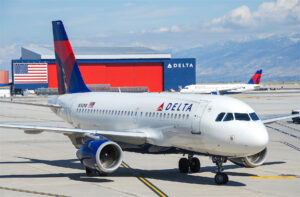
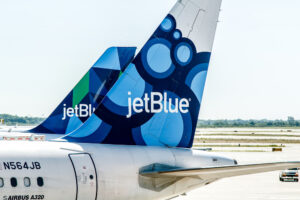
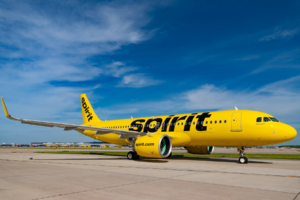















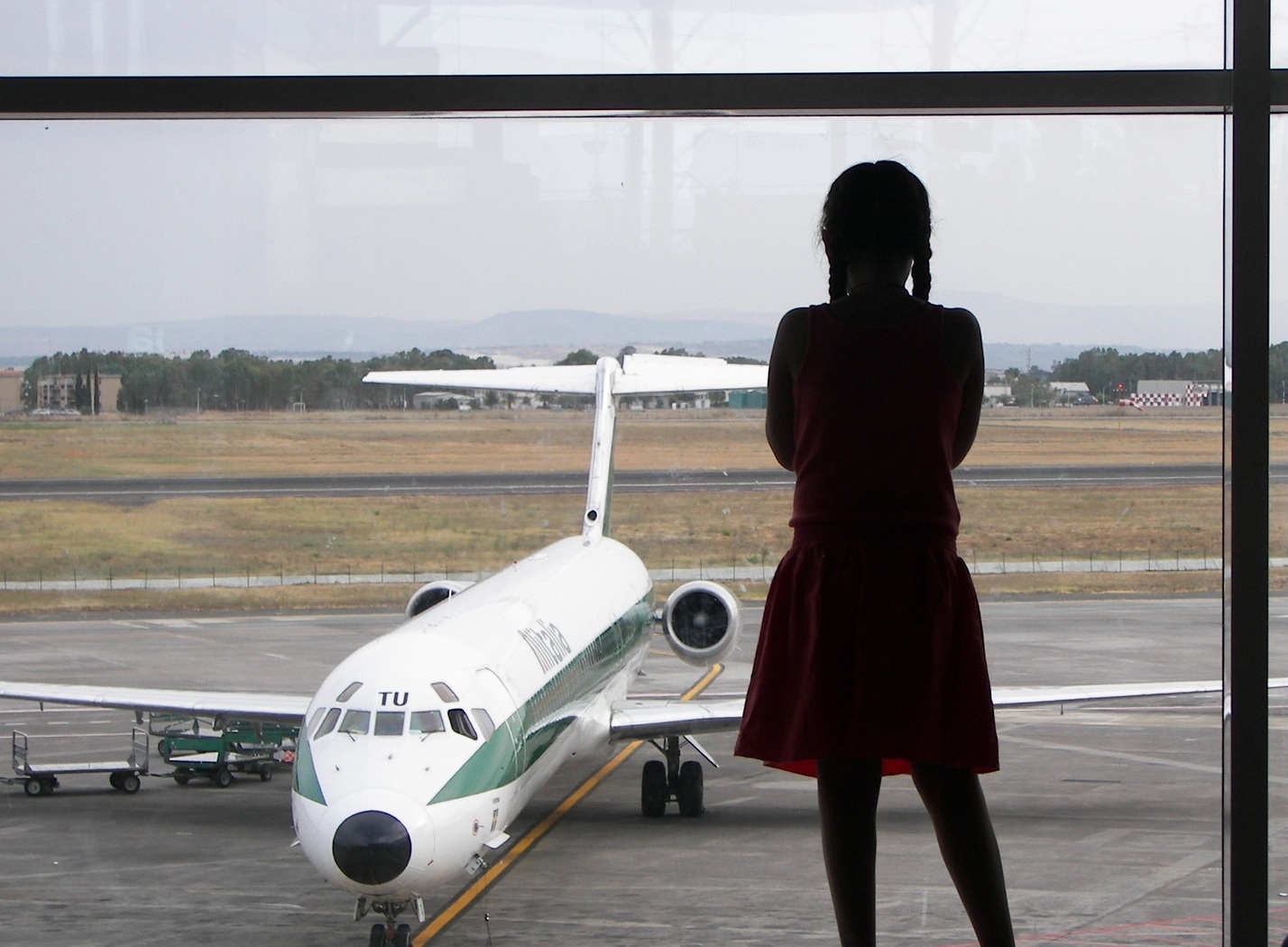
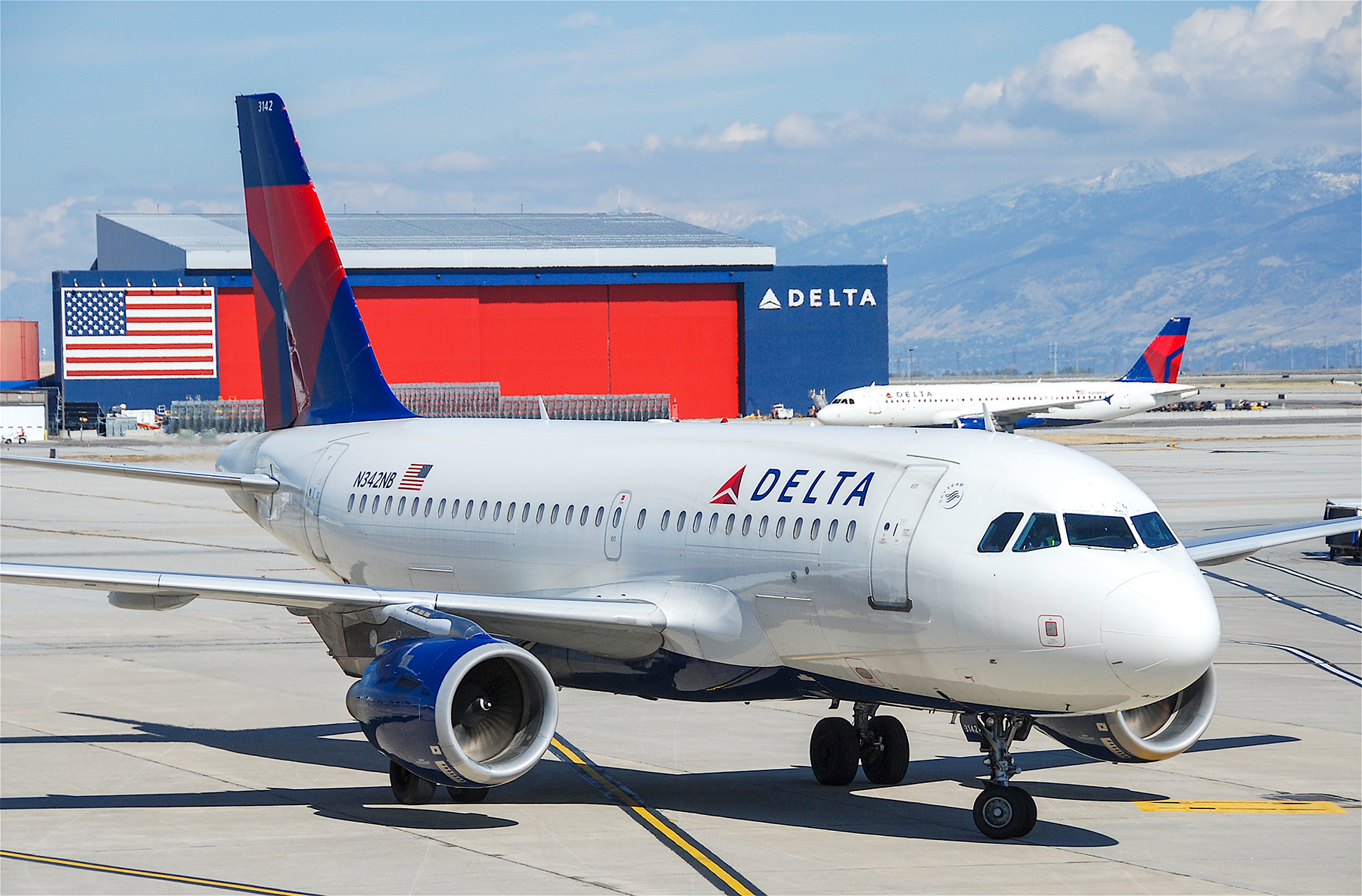


The thing is: where are you going to get a crop of pilots with multi-engine experience? Post WW2 - all those ex Lanc and B-17 pilots. Through the cold war: ex B-52, B-1, V-series etc. Nowadays, the only large multi-jet aircraft are airliners; there's nowhere else for them to cut their teeth.
This is a very sticky issue those of us who had the privilege of military training, which is where at one time provided a great percentage of the cockpit crews are not the norm anymore. Mainly due to the rapid growth of airlines around the world. Then one has to look at various countries around the globe each with their own rules and regulations which in someways lowers the standard for required airtime. Which was one thing the military did for you a lot of time both in simulators and in the air. Given the cockpit of today versus 20 years ago there seems to be more "management" rather than flying, now before anyone pulls the trigger on me just an observation. I remember being on a foreign flag and sitting next to be was another American pilot . the cockpit crew executed a maneuver on approach and landing he looked at me and said " I wouldn't have done that" NOT saying it was bad just an different way he was thought. Thats my two cents worth/
Spot on !!!
So the FAA who are responsible for regulating pilot training and airworthiness of aircraft are saying the pilots are not rigorously trained enough and that there was nothing wrong with the 737MAX! At the same time Southwest pilot association and in the past other pilot's associations have said that Boeing did not truthfully disclose some critical matters on the safe operation of the 737MAX. if the latter is correct, which does appear to be the case, no amount of training can deal with an undisclosed safety related issue as it is an unknown, unknown to the pilots (to quote D Rumsfeld oft repeated remark). It does seem to me that the FAA is trying to divert attention from its failings in accepting self-certification of safety critical aspects of planes and in particular the 737MAX Is it no wonder other AA in the world now question relying on the FAA for certification.
And Doug Parker is now on his way out the door at American? While I agree with his comments about American's pilots,I am not sure it can be said "that aircraft is airworthy and was even after the Ethiopian accident". If the aircraft was and always has been airworthy, then why is it not back in the air? What have several other issues been found while working through the issue that contributed heavily to those two devastating crashes? Further, I have not seen any information put out by American AIrlines that indicates any of their pilots experienced this issue while flying their aircraft and had to take emergency action(s).